Let’s take a trip back in time to explore the origins of one of humanity’s oldest and most intriguing instruments – the drum. Dating all the way back to 5,000 BC, the Neolithic people of China created the first drums out of alligator skins.
But, as we’ll soon discover, drums are so much more than just musical tools. In fact, they are an important part of human culture and history and have meanings and symbols that go beyond time and place.
In this blog post, we’ll delve into the symbolism of drums and discover the profound meanings of these ancient instruments.
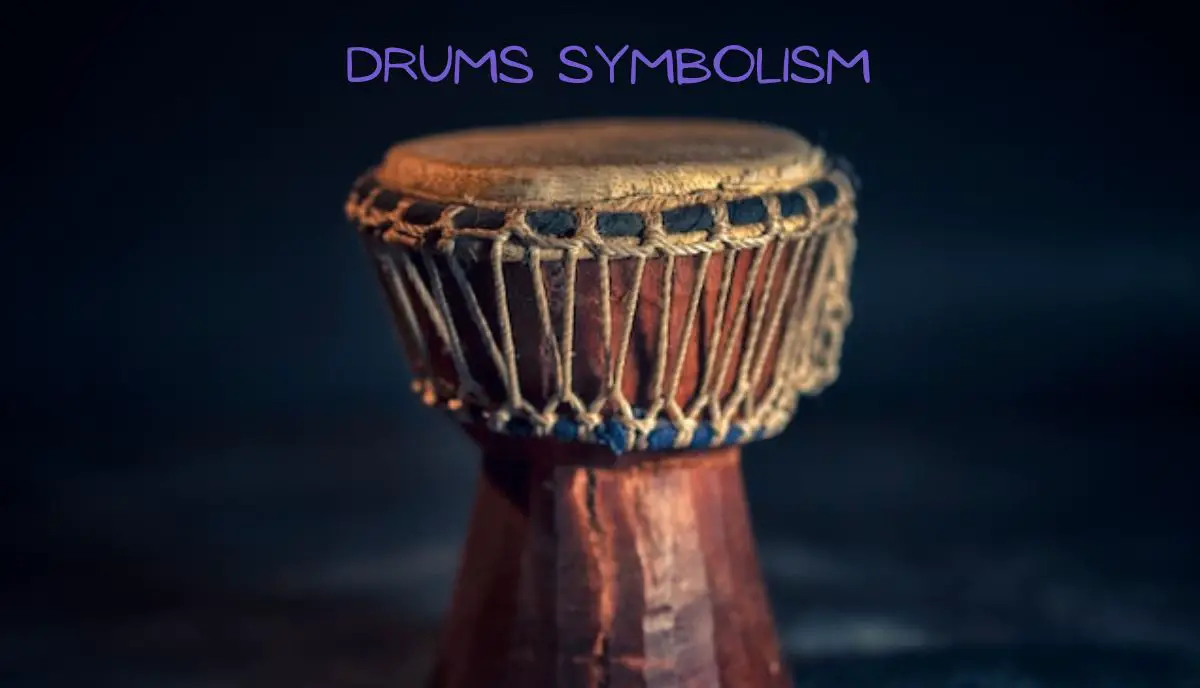
Drums Symbolism
In addition to delivering powerful rhythmic beats, drums symbolize expression and creativity, movement and dance, unity, inner peace, the rhythm of life, and a sacred tool that connects with the divine.
Life’s Rhythm

Have you ever taken a moment to stop and listen to the rhythms of your life? Our experiences are shaped by the highs and lows, the fast and slow tempos, and the varying rhythms that form the melody of our existence.
This may sound philosophical, but it’s actually true. Think back to moments in your life that have been the most transformative and powerful.
Perhaps it was the pounding of your heart as you stood on the edge of a cliff, ready to take a leap of faith. Or maybe it was the steady, reassuring beat of a loved one’s heart as they held you close. These rhythms connect us to ourselves, to others, and to the world around us.
We can better understand our own needs and aspirations by learning the rhythms of our lives. So, take time to become aware of your life’s rhythms. Feel it. Embrace the sound that shapes your journey and connects you to the world around you.
Who knows, you might even discover a new melody in life that brings you greater joy and fulfillment than you ever thought was possible.
Movement and Dance
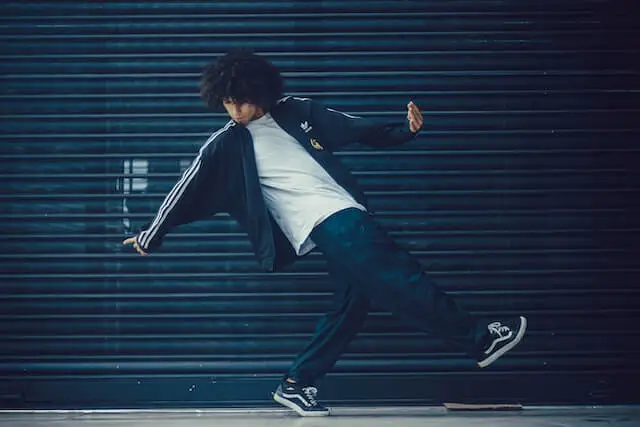
Drums have been igniting a movement and dance across cultures for centuries. Their rhythm and beat provide a foundation for physical expression, making them an essential part of traditional dances.
Take, for example, the djembe – a type of drum traditionally played in West Africa. It’s an instrument used in many African dances that reflect cultural traditions and spiritual beliefs. In fact, in some African cultures, the djembe is even believed to embody a spirit that is released through music and dance.
Or consider Cuba’s conga – a tall, narrow drum that has become synonymous with many types of music and dance. In Afro-Cuban and Latin American traditions, the conga is played in style called rumba, which combines drumming, singing, and dancing. The dance movements are often improvised, with each dancer expressing themselves in their own unique way, creating a dynamic and engaging performance.
But these are just two examples of the countless traditional dances accompanied by drums. From the thundering Taiko drumming of Japan to the lively Bodhrán drumming of Ireland, drums have been a fundamental part of dance and music in cultures all over the world.
Read Also: Bicycle Symbolism
Creativity and Expression
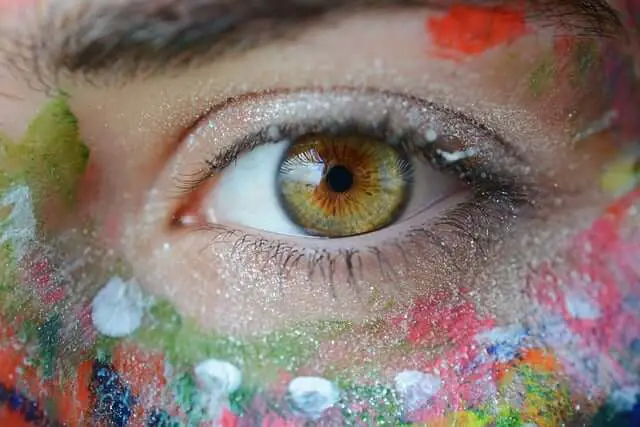
Drums have long been associated with artistic expression, dating back to the first humans who beat rhythms on hides stretched across logs, all the way to modern drummer bands pushing the boundaries of their craft.
The drummer must use their body, mind, and energy to produce the sound, channeling their emotions and ideas into the instrument. In this way, the drum becomes an extension of the musician, allowing them to express themselves in a way that goes beyond mere words or images.
Furthermore, drums have also been used in many cultures as a means of communication and storytelling. They accompany dances and rituals, providing a powerful and evocative backdrop to these events. This use of drums as a storytelling device has further cemented their status as a symbol of creativity and expression.
Unity

Whether we talk about musical performances, religious ceremonies, sporting events, or tribal festivities, the sound of the drum unites people and creates a feeling of connection.
In a sense, the beat of a drum is like a reminder that we are all connected and part of a larger whole. No matter where you come from or what beliefs you hold, drumming creates a feeling of connection between us all – one that transcends language barriers and sparks universal understanding.
Therefore, these ancient instruments have played an integral part in shaping human culture. It’s more than just making music; it’s about creating a shared experience that brings people together and fosters a sense of unity.
Inner Peace
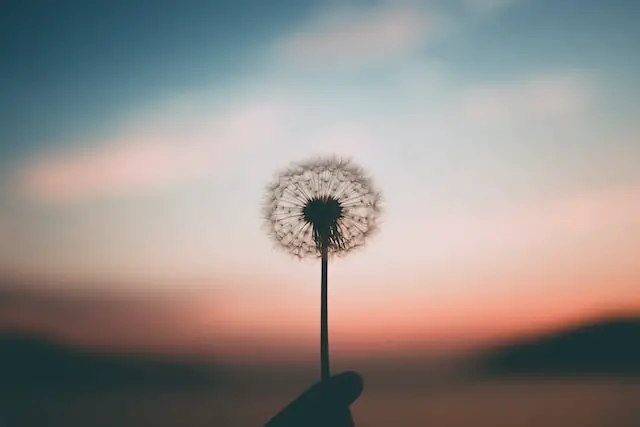
Transitioning from unity, drums can also be seen as a symbol of inner peace. Rhythmic beats help calm the mind by coordinating with the way you breathe and taking your mind off of negative thoughts.
It’s no surprise that many cultures around the world incorporate drumming into their spiritual practices, as it allows them to connect more deeply with themselves.
Yet, the power of drums extends above just calming the mind; they offer healing properties through vibration, which can help reduce tension in both the body and the soul.
As a result, people are becoming more and more interested in drum therapy as they learn about its unique ability to restore the balance between the physical and spiritual worlds.
This allows people to go deeper into self-exploration. With each beat we make, we become one step closer to finding harmony within ourselves – making drums a powerful tool for unlocking inner peace.
Sacred Tool
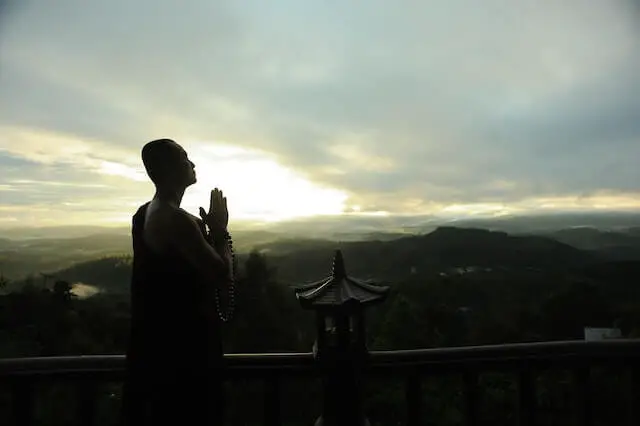
Across many cultures and civilizations, the drum has been (and is still) revered as a holy tool with deep significance.
From tribal rituals to spiritual ceremonies, the drum has been used as an instrument to connect with the divine and tap into higher consciousness.
But how does a simple instrument like the drum become a sacred symbol?
According to religious beliefs, a drum’s beat’s vibration aligns with our internal energy, allowing us to communicate with the divine and enter a trance state. Hence, drums are regarded to be vessels carrying prayers directly to the gods.
Also, in some African cultures, drums are seen as protective tools that keep evil spirits away and keep the tribe safe. The loud beating is thought to chase away negative energy and create a safe place for the community to gather.
The Voice of Ancestors
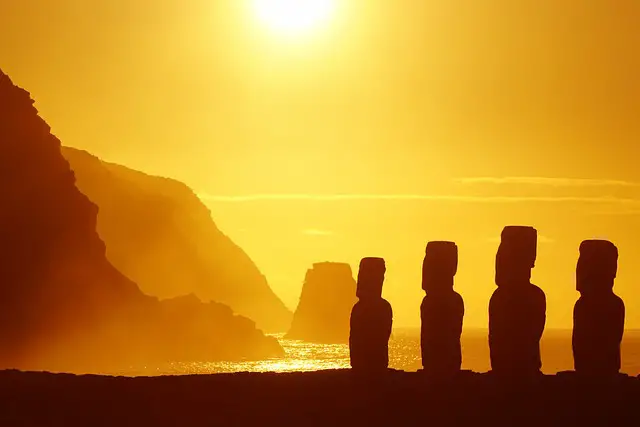
Have you ever felt like you were transported to another time and place just by hearing a drumbeat?
The steady beat of a drum can take us back to the roots of our culture, to the wisdom and traditions passed down from generation to generation.
Now picture yourself at a tribal gathering. The drumbeat rings loud and clear while the bright moonlight shines above you. You can almost hear the voice of your ancestors calling you to remember their wisdom and keep their traditions alive. How cool is that?
And it’s not just about the past; it’s about the present too. By embracing the voice of our ancestors, we not only carry on their legacy, but we shape our own future.
No matter what path you take, drums remind us that it is our job to carry on the traditions of our ancestors. Allow the voice of our forefathers to steer us forward!